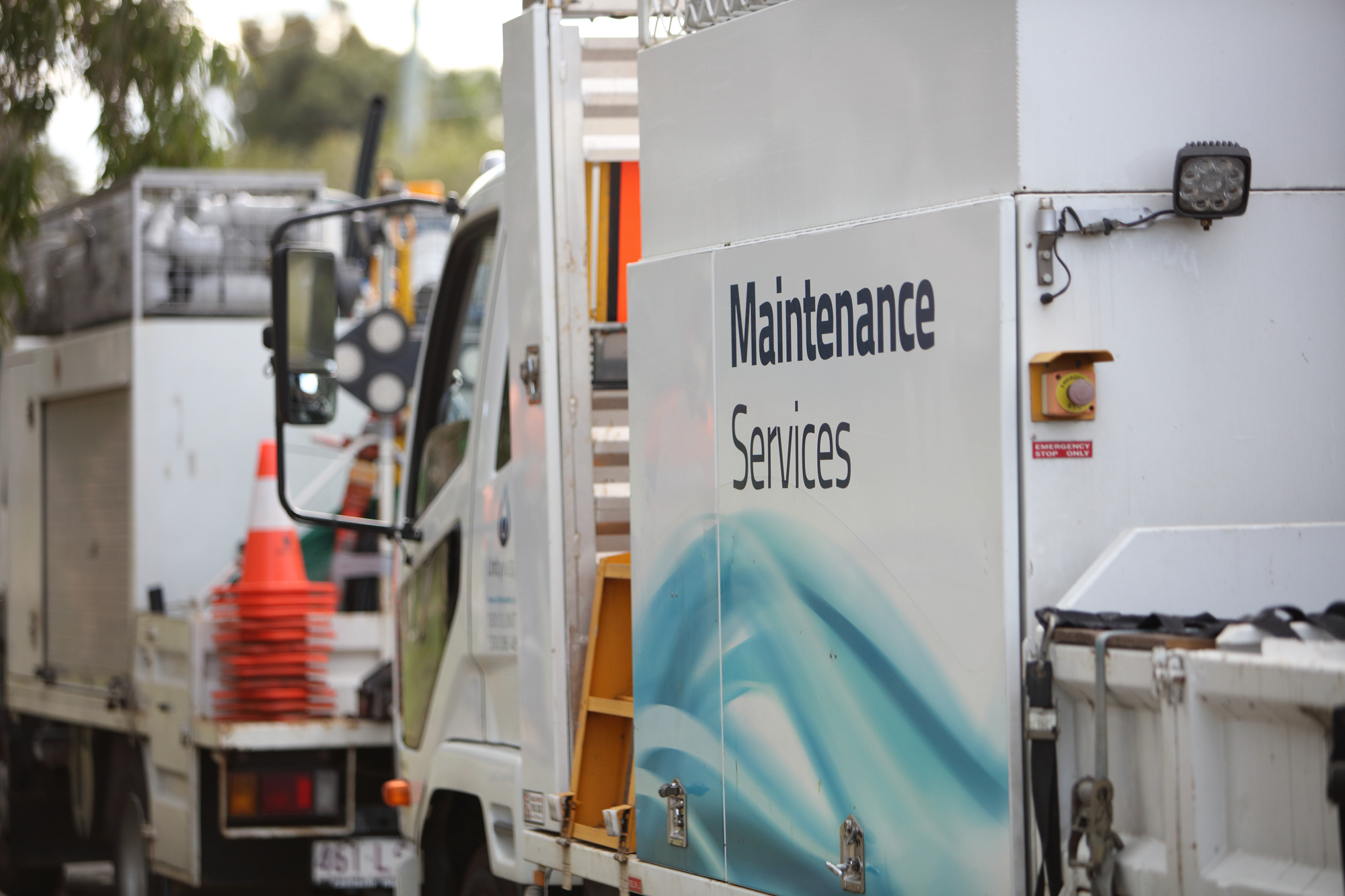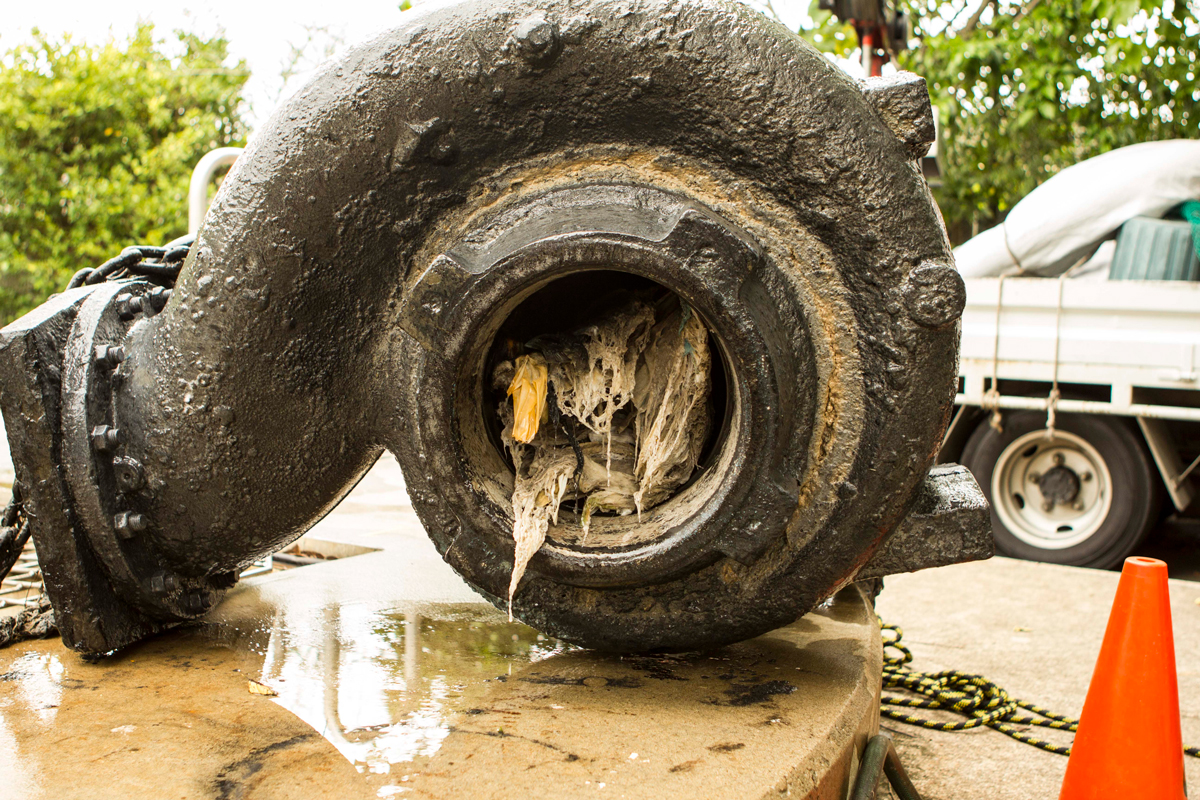We conduct an ongoing program to improve the condition of the sewer pipes and maintenance structures that form part of our sewage transport network.
Damaged or degraded infrastructure allows groundwater infiltration to enter the sewer network, which puts a serious strain on our system. We aim to maintain the integrity of our pipes and maintenance structures.
We engage a contractor to carry out these maintenance works so that we can continue to deliver safe and reliable sewerage services.
Want to know more? Read the sewer rehabilitation FAQs below or contact us.

Sewer rehabilitation FAQs
Reducing infiltration means we can better manage sewage flows, especially during storm and heavy rain events, helping us to protect the health of the community and the environment.
The sewer rehabilitation program:
- helps protect the environment and community health by preventing groundwater from entering and overloading the sewer system
- it is more cost effective to renovate rather than replace infrastructure
- uses low-impact works using trenchless technology
- causes minimal disruption to sewerage services
- defers the need for expensive infrastructure replacement.
Special cameras (CCTV) are used to identify sewer pipes that are damaged or degraded. Targeted pipes are then repaired using innovative relining techniques to correct faults, rather than being replaced. This is a no-dig and cost-effective way of renewing the pipe.
In most cases, circular pipe-liners are formed on site by taking a continuous strip of plastic and spirally winding it inside the damaged host pipe, forming a water-tight pipe within your pipe.
Another method is Cured-In-Place pipe relining. This involves inserting a liner into the pipe, which is then hardened in place using steam or hot water, becoming a pipe within your pipe.
Any water used during the relining and flushing process is either supplied by the contractor, or accessed via a hydrant using a Unitywater metered standpipe. Water does not come from the property’s water supply.
Maintenance structures and access chambers (manholes) are visually inspected for signs of deterioration and, if required, a special coating is applied to the internal concrete surface to restore these to original condition.
Residents affected by the rehabilitation works should receive a notification card two (2) days in advance of the works.
- If there is a maintenance structure or access chamber (manhole) located within your property, access to the sewer system may be required. In the unlikely event that excavation works are required to access the maintenance structure or access chamber, all disturbed areas within your property will be restored as near as possible to current conditions.
- Whenever we need to access your property, the contractor will seek your consent before carrying out the works. If you are not at home, the contractor will leave a card asking you to contact them to arrange a suitable time for property access.
The notification should include the approximate date the works will be happening and contact details for the relevant contractor.
If you have questions about the rehabilitation works listed on your notification card, please contact the contractor on the card or contact us.
You don’t have to be at home when the contractor carries out the works. If you (or the tenants) are at home and the contractor has previously arranged access, they will double check with you that it’s alright for them to come onto your property.
We ask you to please limit water usage to critical activities only (e.g. toilet flushing) while the works are carried out.
The contractor usually arrives on site at around 7.00am. To confirm the actual start time on site, please contact the relevant contractor included on the Works Notification card.
If you have any enquires about this work, please contact the nominated contractors as identified on the Works Notification card or contact us.

